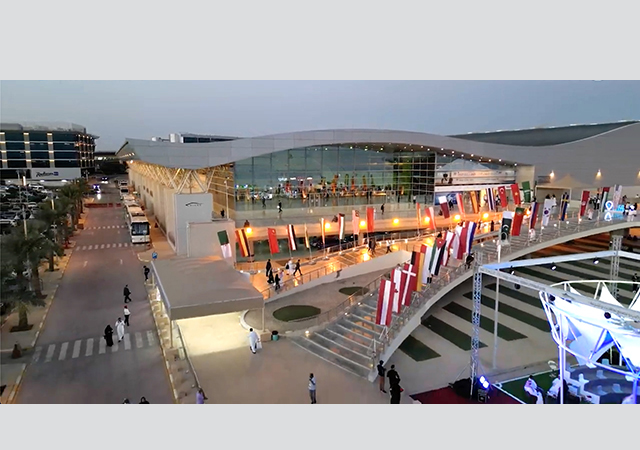
 The Rammer hammers were used along the pipe trench particularly for direct excavation.
The Rammer hammers were used along the pipe trench particularly for direct excavation.
Spearheading construction of a new 179 km-long water pipeline in the UAE is a fleet of Rammer hydraulic hammers making short work of the predominantly dense carbon and gabbro rock conditions in the first 75km of the route.
Scheduled for completion later this year, the twin pipeline links a new 100 million gallon per day (mgpd) capacity desalination plant being built alongside the existing Qidfa power station, close to Fujairah, with a terminal receiving station at Swaihan.
The project also includes a 10 million gallon potable water reservoir at the highest point in the mountains south-west of Fujairah, and a 40 million gallon storage reservoir at the terminal of Al Dhaid.
Costing an estimated $450 million, the pipeline is being built for the Abu Dhabi-based Union Water and Electricity Company.
Technip of Germany is responsible for engineering and project management, while the main contractor for the pipeline construction is Al Jaber Energy Services.
The pipeline designer ILF of Austria used a special computer software programme to calculate the optimum pipe diameter and pump capacity. The software considered the construction costs of the pipeline and the pumping station as well as the operating costs (energy, maintenance etc).
The result is a main pipeline comprising two runs of 1,625 mm (64-inch) diameter steel and approximately 19 km of 610 mm diameter twin-line pipe runs for off-feeds.
Using one pipe diameter for the entire length of the main pipeline reduces construction costs and simplifies maintenance. Furthermore, it requires only one pumping station. This minimises the amount of mechanical equipment required, thereby increasing operational safety and reliability.
To make things easier for the operators and reduce the number of personnel required, the pipeline features a centralised automatic control and monitoring system.
Al Jaber Energy Services has been relying on a fleet of Rammer hammers, including 10 of its top of the range G130s, four G90s and an S84, during trench preparation works.
Mounted on Caterpillar 375 hydraulic excavators, the hammers proved exceptionally productive in the hard gabbro and carbon rock conditions. Gabbro is considered the region's toughest rock, with a density of 2.8 to 3 tonnes per cu m. Highly abrasive, it also contains a 44 to 50 per cent silica content.
Typically, the trench was excavated to a depth of 3 m and 3.5 m width, using a dozer and ripper for road levelling and trenching on top soil and loose rock areas. The Rammer hammers were used along most of the trench, particularly for direct excavation on the solid and hard rock areas. In addition, drill and blast techniques were also used in some areas.
The Rammer G130 has a working weight of 7,000 kg, an impact energy of 12,500 joules and an impact rating of 350 to 450 bpm.
Pipe laying
The pipe sections are being laid on a sand bed in the trench, with the sections joined by an automatic welding process, with internal clamps. Special joint coatings protect the external weld joint areas and cement mortar the inner surface.
As pipe laying works are completed, the pipes are buried initially with a layer of suitable material to protect the surface coating from damage. For the remaining backfilling works, the excavated material will be used. This requires no heavy compaction - careful bedding and padding techniques using water achieves a degree of compaction - except at areas subject to traffic load or crossings with other facilities. For the crossing of major highways, the mainline pipes will generally run through casings.
At wadi crossings, the pipes will be buried deeper, with a minimum cover of 2 m plus the estimated scouring depth. The installation of rock rip rap will provide protection against flash floods.
The completed pipeline will undergo hydrostatic testing and then be disinfected to ensure it is fit to carry drinking water to World Health Organisation (WHO) guidelines.
A spokesman for Al Jaber confirmed that the pipeline project was expected to be completed and handed over on schedule later this year.


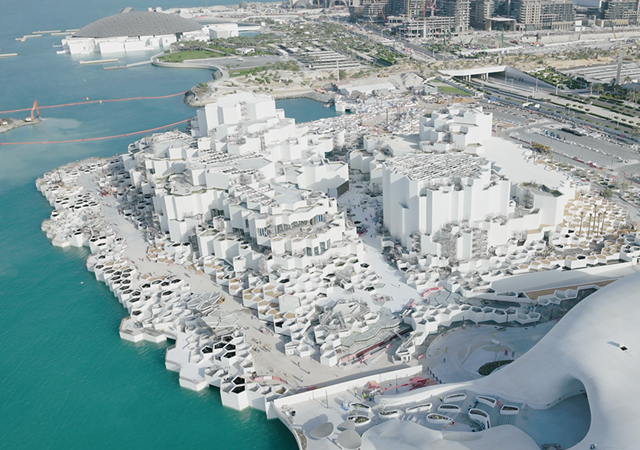
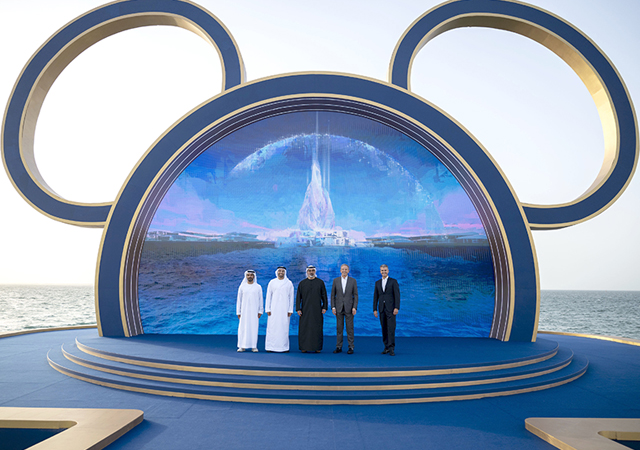

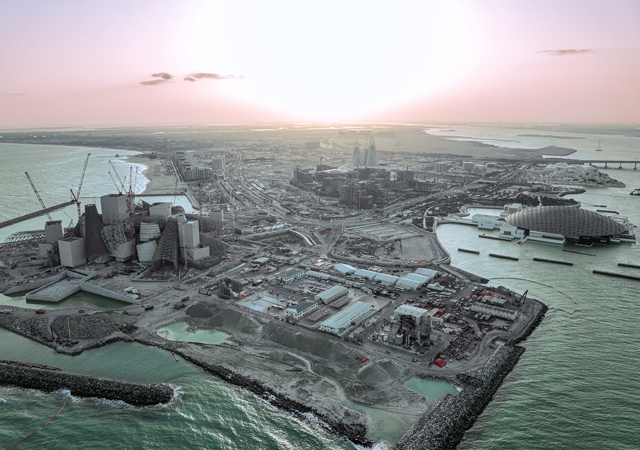
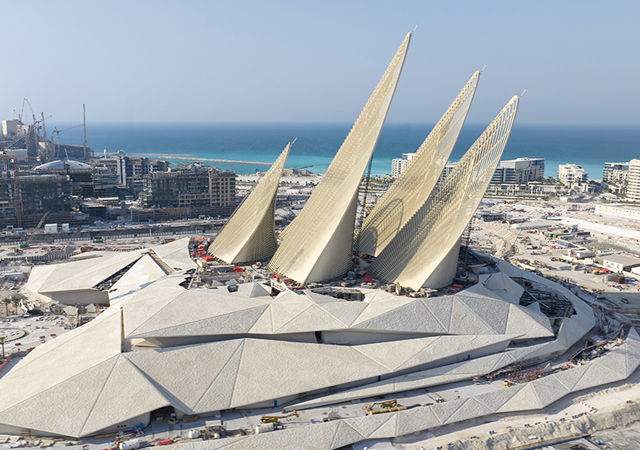
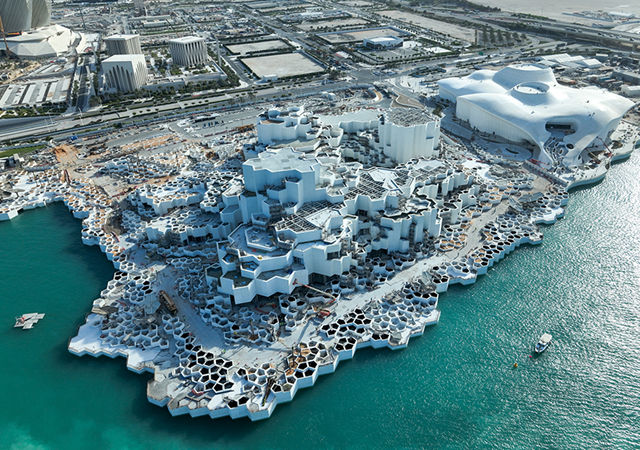
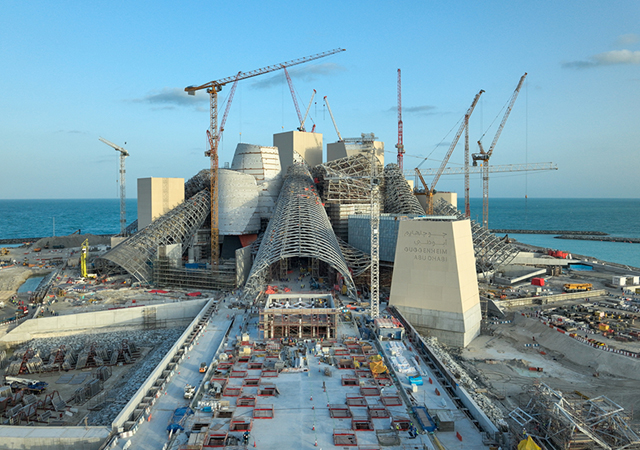
.jpg)

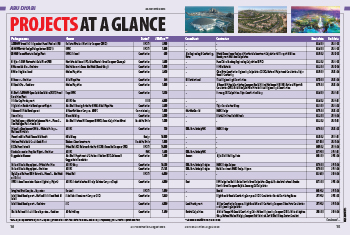


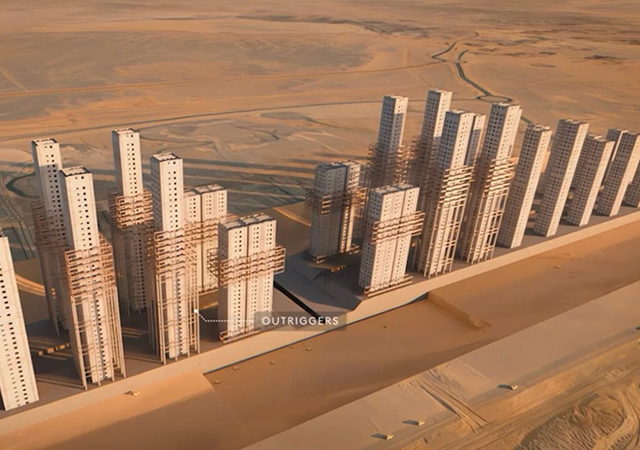
.jpg)
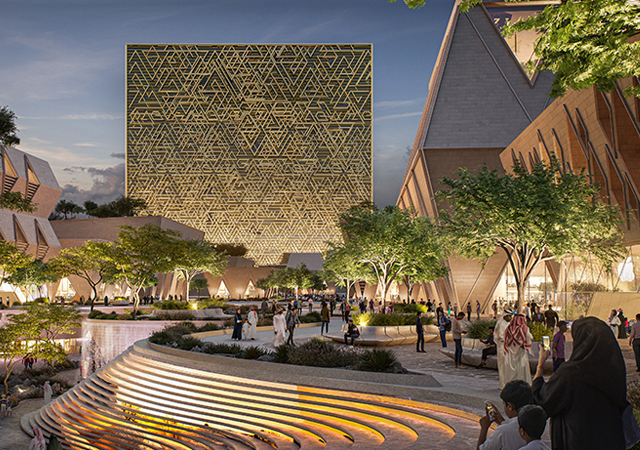
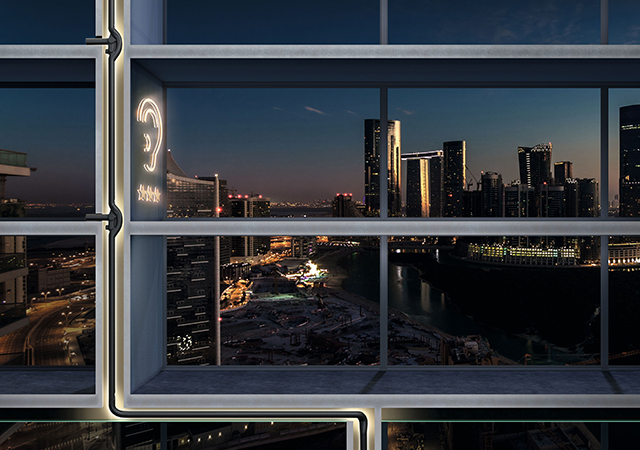
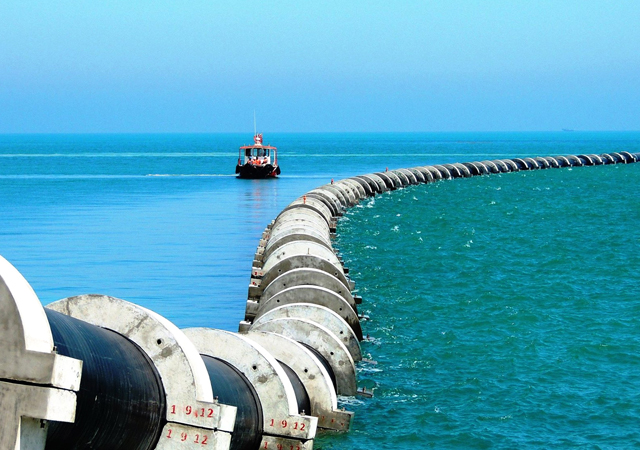



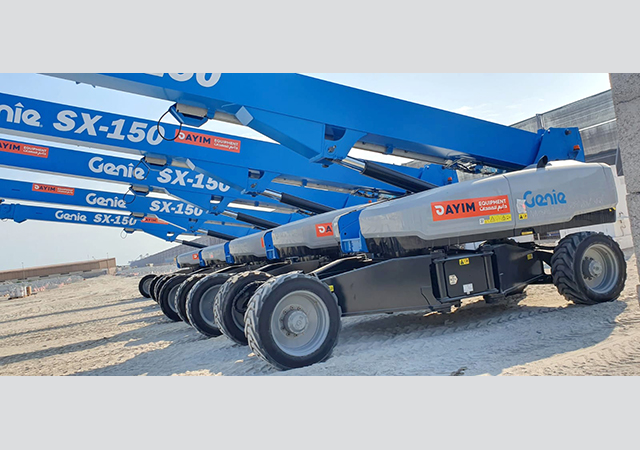
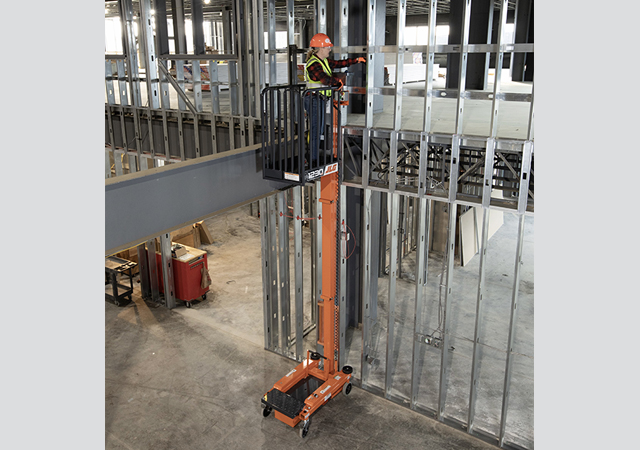
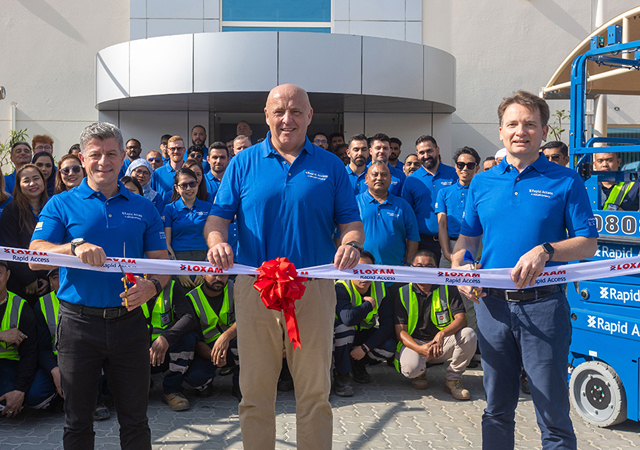
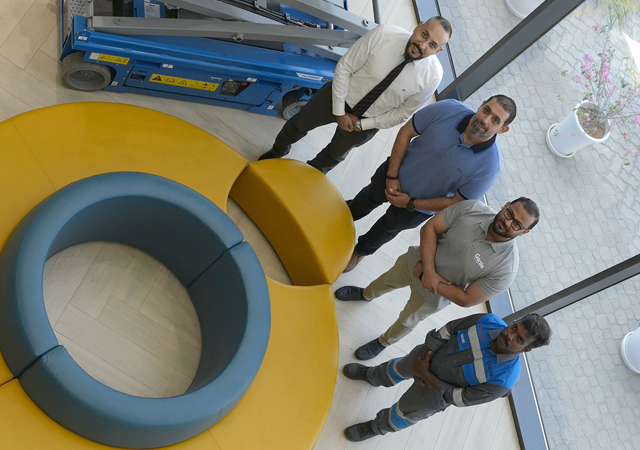
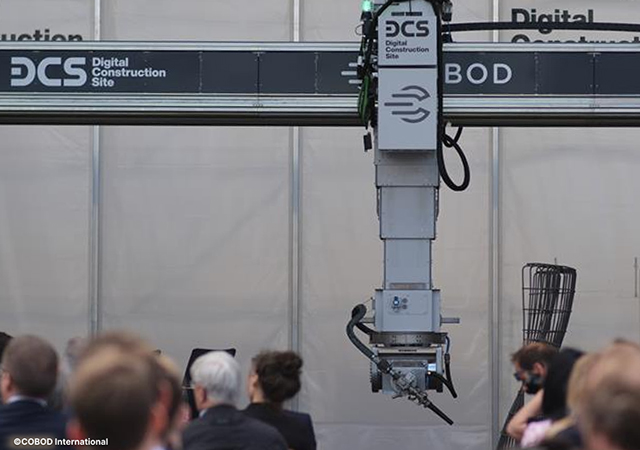
Doka (2).jpg)
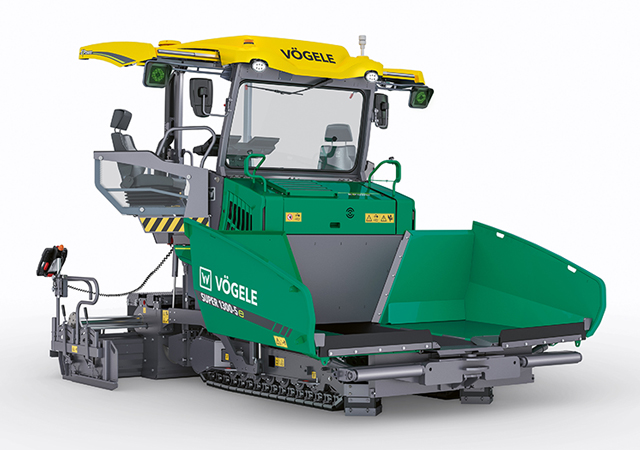



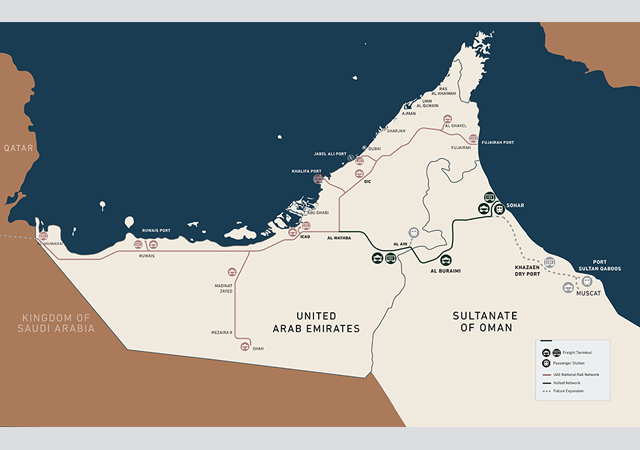
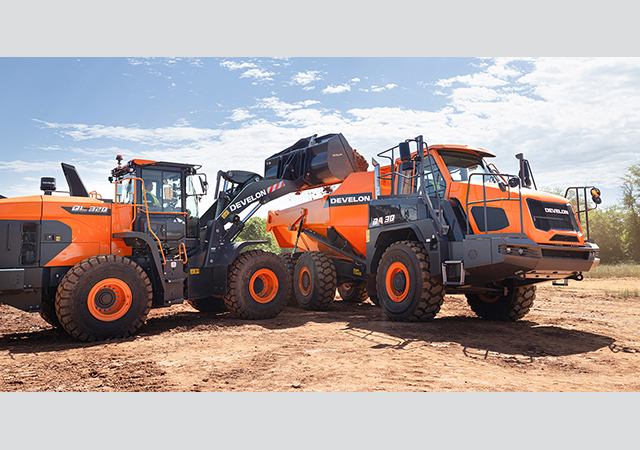


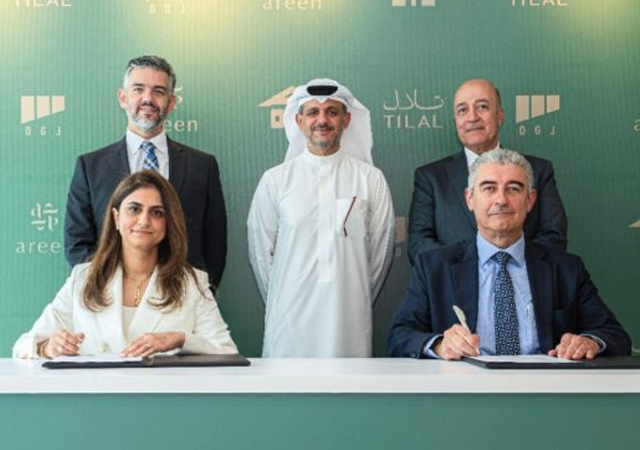
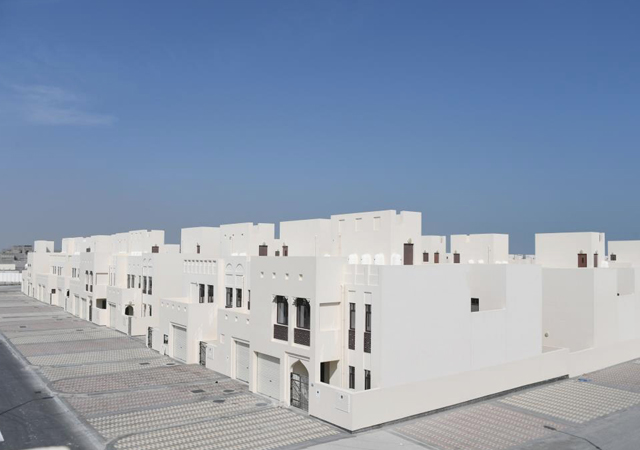

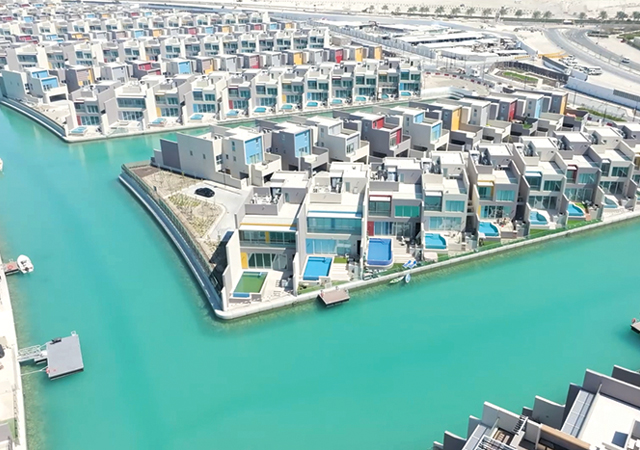
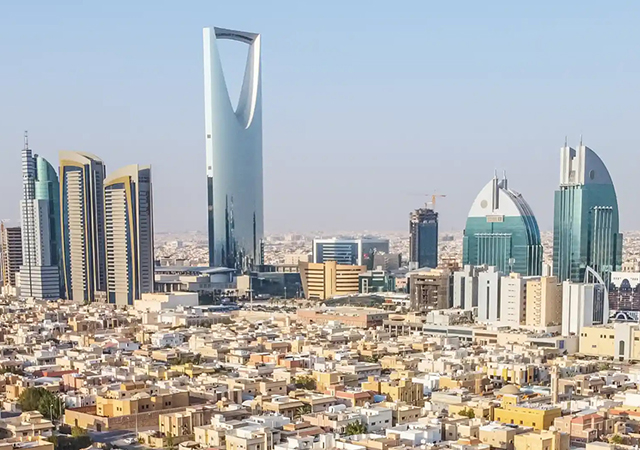
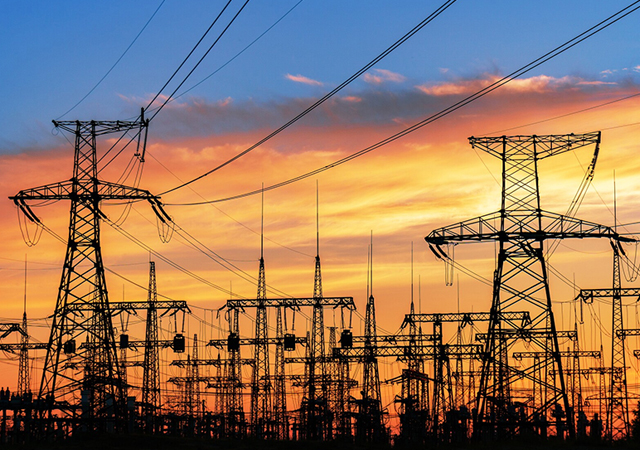


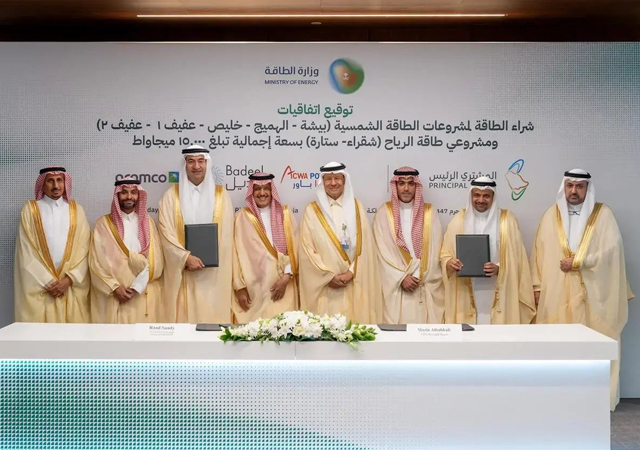
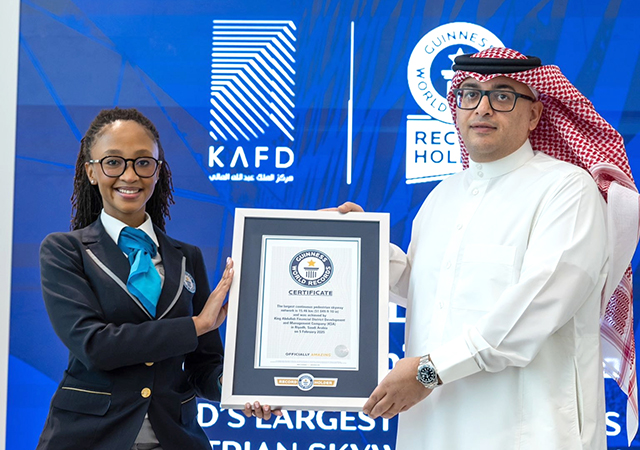

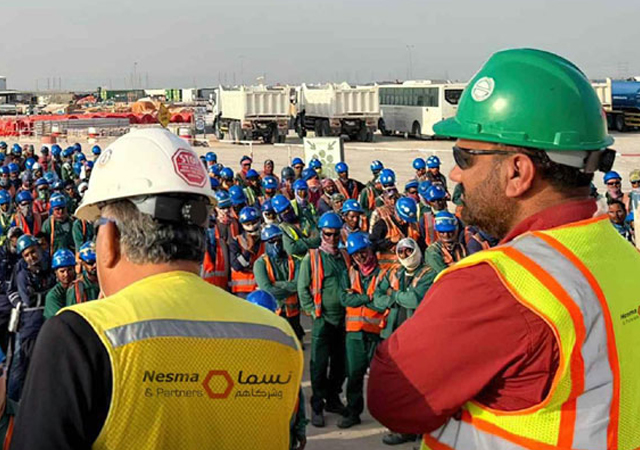
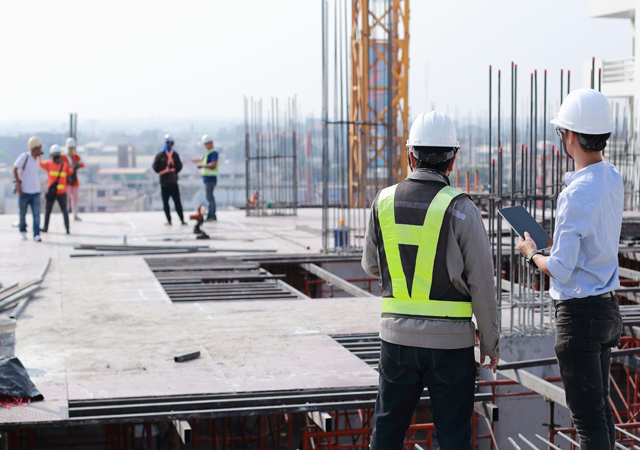
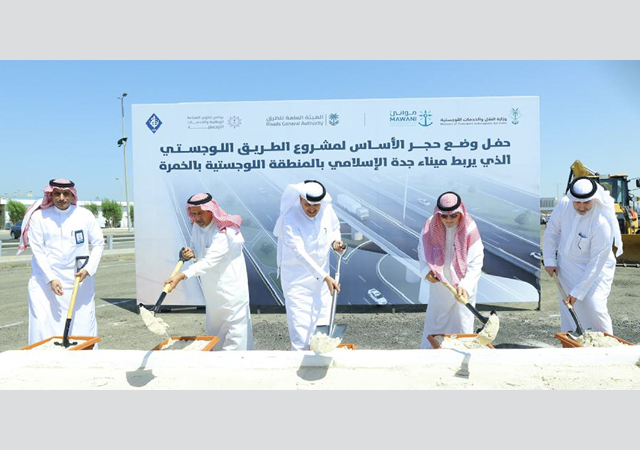

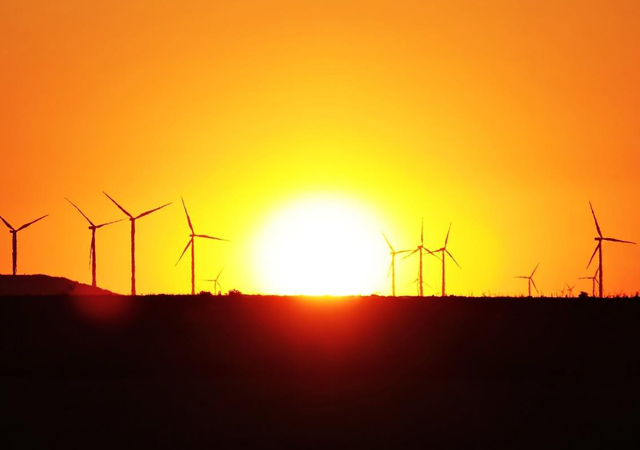

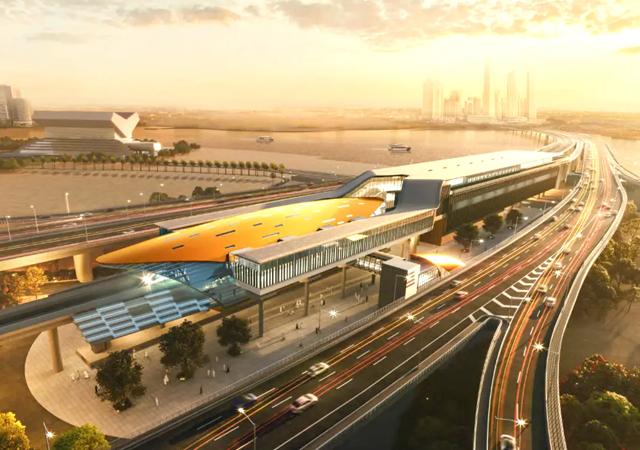


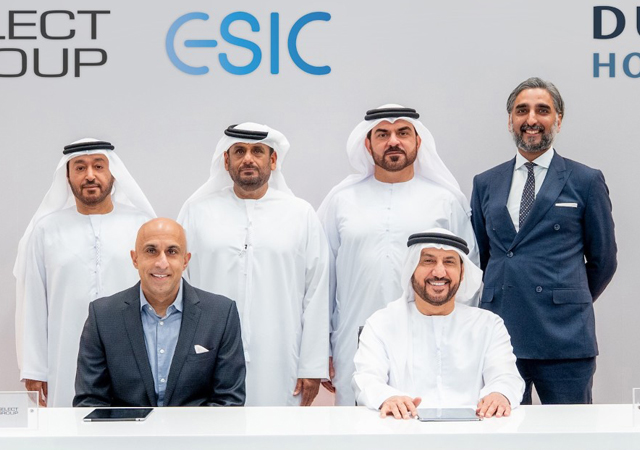

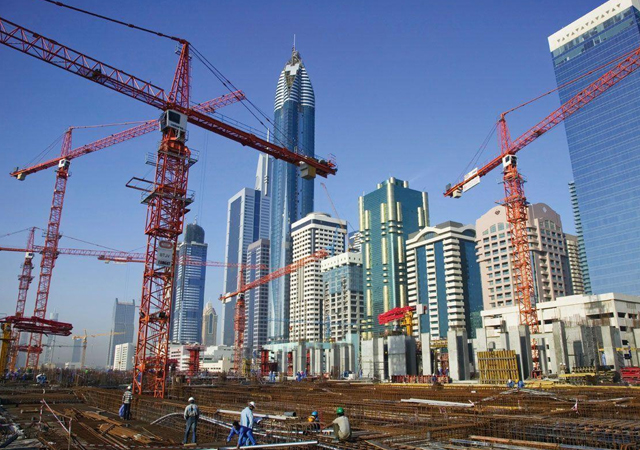
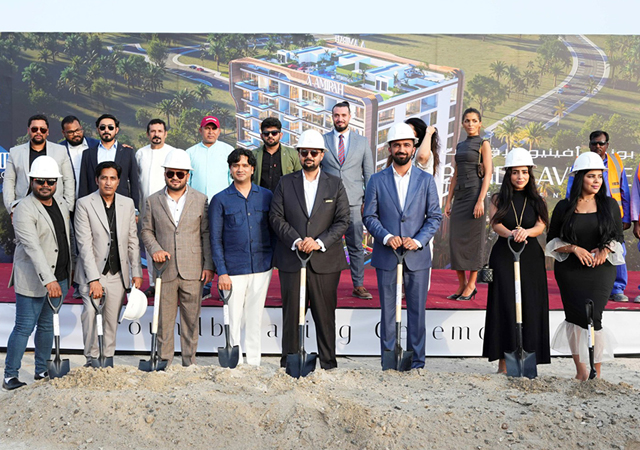




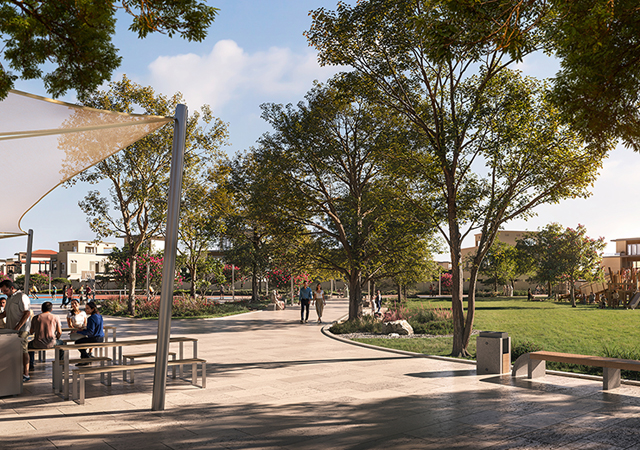
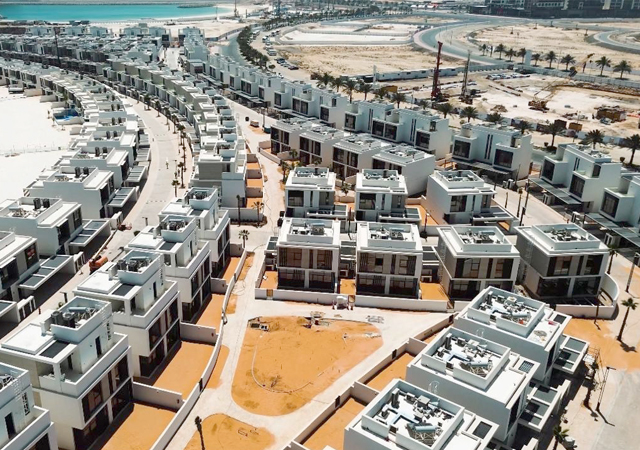
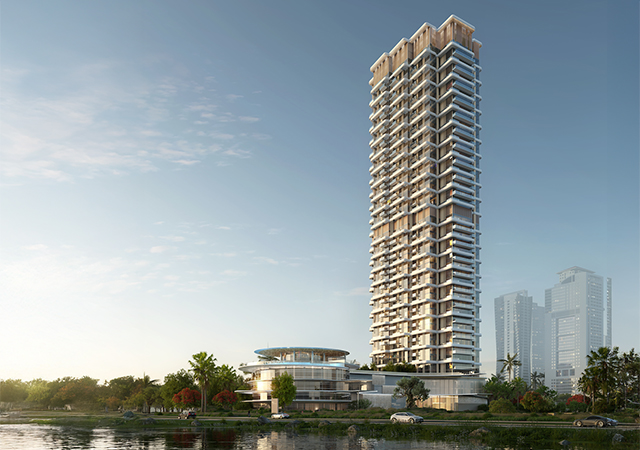

.jpg)
.jpg)

.jpg)
